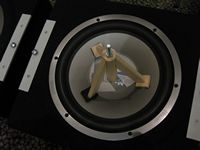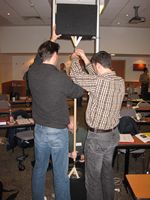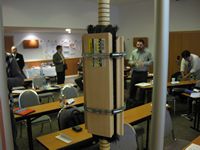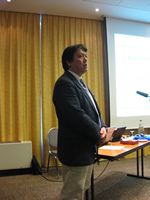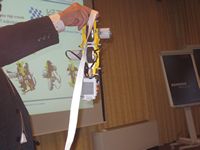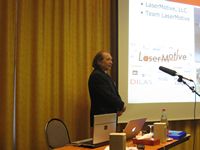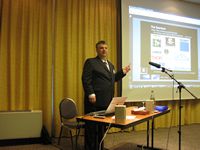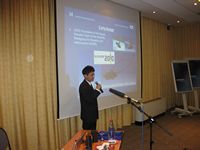The International Space Elevator Consortium (ISEC) today announced the Artsutanov and Pearson awards; prizes intended to foster research into Space Elevator related topics.
The Press Release announcing these awards, sent out today, is copied below, in full:
================================
The International Space Elevator Consortium Announces the Pearson and Artsutanov Space Elevator Prizes
Mountain View, Calif. (March 3, 2010) — The International Space Elevator Consortium (ISEC), an independent group designed to promote standards and foster research relating to the construction of an Elevator to Space, has announced its first annual set of prizes, named after the co-inventors of the modern-day concept of the Space Elevator, Jerome Pearson and Yuri Artsutanov.
Formed in 2008 by a coalition of leaders in the Space Elevator movement, ISEC has established these prizes to encourage research into Space Elevator related technologies and concepts to help further ISEC’s mission of promoting “the development, construction and operation of a space elevator as a revolutionary and efficient way to space for all humanity“.
Ted Semon, the president of ISEC states; “We are thrilled to be able to offer these awards, named after the co-inventors of the modern-day concept of the Space Elevator. The Space Elevator, a ‘carbon railway’ to the solar system and beyond, is the right way to open up space to all humanity. With research into carbon nanotubes proceeding at an ever-accelerating rate, we think that it is only a matter of a few years before the material necessary to build a space elevator will be available. The time is now to begin serious planning for this most magnificent concept.”
Each year, ISEC selects a focal theme for its activities. For 2010, this theme is “Space Debris Mitigation“. One of the major hurdles that must be overcome in order to successfully build and operate a Space Elevator is avoiding space debris and satellites in orbit. While much research has been done on this topic, the goal for most existing research has been mitigating the problem of space debris in relation to satellites, the ISS, the Shuttle, etc.
The Pearson prize will be awarded for that paper which best addresses the topic of Space Debris Mitigation in relation to a Space Elevator and is open to all college undergraduate students currently enrolled in a two or four-year undergraduate curriculum.
The Artsutanov prize will be awarded for the best paper on any other Space Elevator-related topic and is open to everyone.
The winning paper of the Pearson prize will be awarded $1,500 while the winning paper of the Artsutanov prize will be awarded $2,500. Both winners will be invited to the 2010 Space Elevator conference (held this coming August in Redmond, Washington) to present their papers. Their papers will also be published in the ISEC Journal. In addition to awarding the prize money, ISEC will pay for airfare and hotel accommodations for the prize-winners (maximum of one per paper if multiple authors).
Contest details can be found on the ISEC website (www.isec.info).
For more details, please contact ISEC President Ted Semon (ted [at] isec.info), Prize Chair Peter Swan (peter [at] isec.info) or ISEC Technical Pillar Lead Ben Shelef (ben [at] isec.info).
Headquartered in Mountain View, Calif., a leading technology center, the International Space Elevator Consortium (ISEC) is a non-profit organization devoted to the research and construction of an Elevator to Space. Founding members of ISEC include the Spaceward Foundation, the Space Elevator Reference, the Space Elevator Blog, EuroSpaceward and the Japan Space Elevator Association. For more information please visit www.isec.info.
Press Inquiries:
Ted Semon
ISEC
1-630-240-4797
ted [at] isec.com
Belinda Young
BYPR
1-206-932-3145
byoung [at] bypr.com
================================
A copy of the Press Release, in PDF format, can be found here. I encourage all of you to send this to any email lists, websites, news organizations, etc. that you might have contact with. The more we can spread the news of this competition, the better.
As the Press release states, details and ‘the fine print’ can be found on the ISEC website. Come one, come all – do your research, send in your papers and maybe win some prize money and a trip to the Space Elevator Conference!
 According to the LaserFest website, today, May 16, 2010, marks the 50th anniversary of the laser. First demonstrated by a team lead by American physicist Ted Maiman.
According to the LaserFest website, today, May 16, 2010, marks the 50th anniversary of the laser. First demonstrated by a team lead by American physicist Ted Maiman.
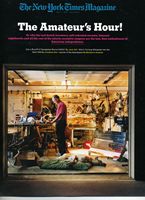
 LaserMotive has a
LaserMotive has a 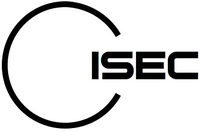 A couple of months ago, Benjamin Jarrell joined
A couple of months ago, Benjamin Jarrell joined  In 2007, he published an article in the Loyola Law and Technology Annual addressing the international and federal legal environment that should be considered before the Space Elevator can become a reality. This article was titled International and Domestic Legal Issues Facing Space Elevator Deployment and Operation (7 Loy. L. & Tech. Ann. 71 (2007)).
In 2007, he published an article in the Loyola Law and Technology Annual addressing the international and federal legal environment that should be considered before the Space Elevator can become a reality. This article was titled International and Domestic Legal Issues Facing Space Elevator Deployment and Operation (7 Loy. L. & Tech. Ann. 71 (2007)). On March 21st, the LASER (Lego Bricks Activity and Space Elevator Race) competition was held in Tokyo, Japan. This event, organized and sponsored by the
On March 21st, the LASER (Lego Bricks Activity and Space Elevator Race) competition was held in Tokyo, Japan. This event, organized and sponsored by the 




 Once again, all together now;
Once again, all together now;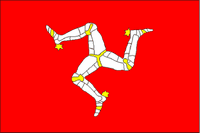 I am very pleased to report that the Isle of Man Space Agency today announced plans to build the world’s first Space Elevator. Details can be found
I am very pleased to report that the Isle of Man Space Agency today announced plans to build the world’s first Space Elevator. Details can be found 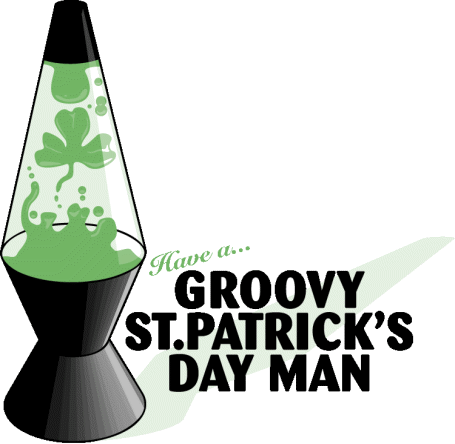
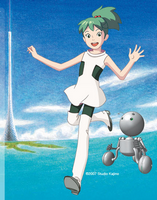
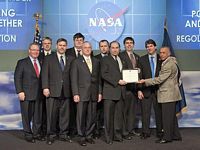 As I
As I  A few days ago, I
A few days ago, I  The
The 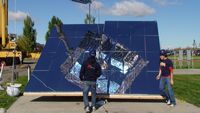
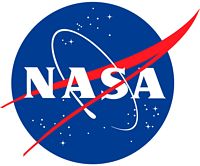 This past Thursday and Friday saw a meeting at NASA HQ in Washington, DC of all parties involved in the NASA Centennial Challenges. This is the NASA Press Release:
This past Thursday and Friday saw a meeting at NASA HQ in Washington, DC of all parties involved in the NASA Centennial Challenges. This is the NASA Press Release: I received this email today from Brian Turner, captain of the
I received this email today from Brian Turner, captain of the  So I’m working on the ISEC Press Kit. We’re getting ready to announce our Pearson and Artsutanov prizes next week and I’m thinking (hoping) that we’ll get some flurry of activity at the ISEC web site. We want to have some documents on the website readily available to the Press so that when they report about us, they have a fighting chance to get the basic facts straight.
So I’m working on the ISEC Press Kit. We’re getting ready to announce our Pearson and Artsutanov prizes next week and I’m thinking (hoping) that we’ll get some flurry of activity at the ISEC web site. We want to have some documents on the website readily available to the Press so that when they report about us, they have a fighting chance to get the basic facts straight.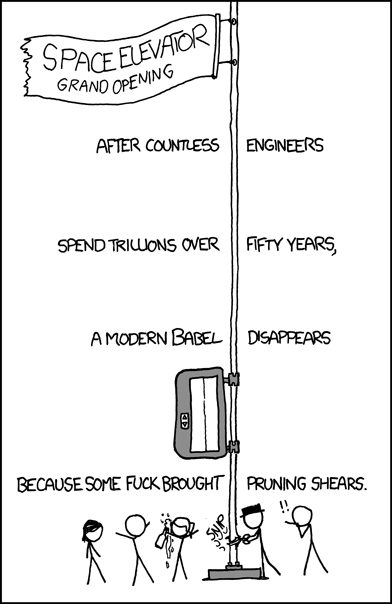
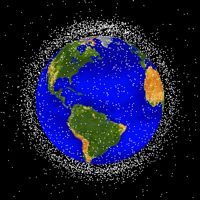
 After a long hiatus, it’s time to start posting Blog updates again. We at ISEC have agreed upon our Strategic Plan for 2010 and I will be posting about our projects for this year in the next several days.
After a long hiatus, it’s time to start posting Blog updates again. We at ISEC have agreed upon our Strategic Plan for 2010 and I will be posting about our projects for this year in the next several days. Happy New Year everyone and yes, there has been a dearth of posts lately. Nothing’s wrong, nothing’s missing, nothing’s changed – just not a lot going on right now and everyone is busy with the holidays.
Happy New Year everyone and yes, there has been a dearth of posts lately. Nothing’s wrong, nothing’s missing, nothing’s changed – just not a lot going on right now and everyone is busy with the holidays.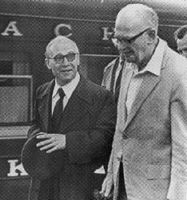
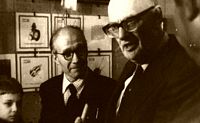

 A YouTube clip from a CNN-Chile newscast states that NASA wants to build a Space Elevator (at least that’s what it says when I plug in the caption into Yahoo Babel Fish). Also, I clearly hear the announcer say “Microsoft” during her report. I don’t know if she’s talking about the recent Space Elevator conference at the Microsoft Center or somehow she thinks that Microsoft is going to build a Space Elevator.
A YouTube clip from a CNN-Chile newscast states that NASA wants to build a Space Elevator (at least that’s what it says when I plug in the caption into Yahoo Babel Fish). Also, I clearly hear the announcer say “Microsoft” during her report. I don’t know if she’s talking about the recent Space Elevator conference at the Microsoft Center or somehow she thinks that Microsoft is going to build a Space Elevator. And in this clip (from the Science Channel no less), it says that “NASA is holding a contest to see who can come up with the best plans for building a “space elevator”. I wish that were true. The Space Elevator Games piggyback upon NASA’s desire for power-beaming and strong-tethers – they have no avowed interest in building a Space Elevator (though the NASA people who I talked to at Dryden during the recent Space Elevator Games thought it was a cool idea). The clip also says that the trip to the top will take “3 months”. I don’t know where they got that figure. Even a ride to the end of the tether (100,000 km) would, at 200 mph (320 km/hour) take about 13 days. Add some time in for slowing down during start-up and at the end and maybe a stop/transit at the GEO space station and you still have well less than 1 month to the top. And, the story says that passengers could be “struck by meteroids”… Oh my. They finalize the clip by repeating the lame joke about “Elevator music”. Oh well, at least it IS the Science Channel…
And in this clip (from the Science Channel no less), it says that “NASA is holding a contest to see who can come up with the best plans for building a “space elevator”. I wish that were true. The Space Elevator Games piggyback upon NASA’s desire for power-beaming and strong-tethers – they have no avowed interest in building a Space Elevator (though the NASA people who I talked to at Dryden during the recent Space Elevator Games thought it was a cool idea). The clip also says that the trip to the top will take “3 months”. I don’t know where they got that figure. Even a ride to the end of the tether (100,000 km) would, at 200 mph (320 km/hour) take about 13 days. Add some time in for slowing down during start-up and at the end and maybe a stop/transit at the GEO space station and you still have well less than 1 month to the top. And, the story says that passengers could be “struck by meteroids”… Oh my. They finalize the clip by repeating the lame joke about “Elevator music”. Oh well, at least it IS the Science Channel… And then we have a new
And then we have a new  Over the past few months, I have received several emails detailing different ideas for Space Elevators, or Space Elevator translations, or general questions about Space Elevators, etc.
Over the past few months, I have received several emails detailing different ideas for Space Elevators, or Space Elevator translations, or general questions about Space Elevators, etc.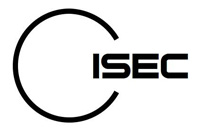 And so the 2009 EuroSpaceward conference comes to an end. It was very interesting, highly informative and I’m very glad I came. I learned a lot and, more importantly (IMHO), I was able to spend lots of time with Markus Klettner (heading up EuroSpaceward) and Shuichi Ohno (heading up the Japan Space Elevator Association).
And so the 2009 EuroSpaceward conference comes to an end. It was very interesting, highly informative and I’m very glad I came. I learned a lot and, more importantly (IMHO), I was able to spend lots of time with Markus Klettner (heading up EuroSpaceward) and Shuichi Ohno (heading up the Japan Space Elevator Association). We had several very constructive conversations about how to jointly move forward the international effort to build a Space Elevator. This goal is the reason why the International Space Elevator Consortium (ISEC) was founded and I think it is fair to say that the ideas we had and agreements the three of us made will significantly move this idea forward.
We had several very constructive conversations about how to jointly move forward the international effort to build a Space Elevator. This goal is the reason why the International Space Elevator Consortium (ISEC) was founded and I think it is fair to say that the ideas we had and agreements the three of us made will significantly move this idea forward. Over the next few weeks, we will finalize and formalize these agreements and then use them to jointly move forward. I think it will be exciting times for ISEC and the Space Elevator Community as a whole.
Over the next few weeks, we will finalize and formalize these agreements and then use them to jointly move forward. I think it will be exciting times for ISEC and the Space Elevator Community as a whole.